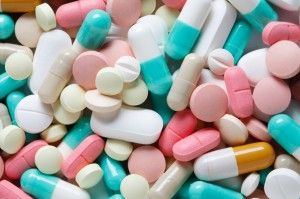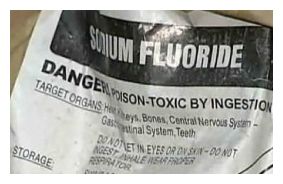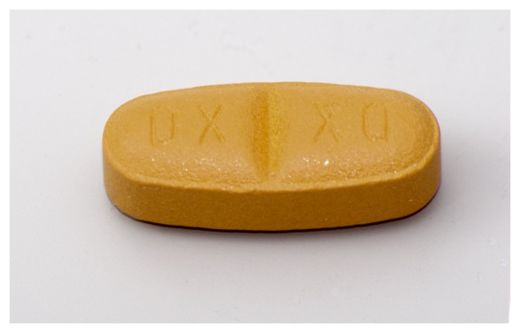
© Reuters / James Glover
A troubling new study has found that the number of chemicals capable of impairing child development worldwide is more than double what was previously believed, according to a new story by
Time Magazine.
Back in 2006, researchers from the Harvard School of Public Health and the Icahn School of Medicine at Mount Sinai pinpointed five industrial chemicals that they linked to brain disorders such as autism, attention deficit hyperactivity disorder (ADHD), reduced IQ, and more.
These chemicals were lead, methlymercury, polychlorinated biphenyls (a coolant fluid in motors), arsenic (found naturally and also in pesticides), and toluene (in paint thinner, nail polish, and more).
In a review of their 2006 study, though, the same scientists have now discovered brain development in children could be negatively disrupted by another six chemicals. These chemicals are: chlorpyrifos, dichlorodiphenyltrichloroethane, fluoride, manganese, polybrominated diphenyl ethers, tetrachloroethylene.
Alarmingly, the researchers discovered that manganese and fluoride, both of which are present in drinking water, can lead to poorer performance in school, lower math scores, and increased hyperactivity. High levels of fluoride, in particular, are potentially capable of lowering a child's IQ by seven points.
Chlorpyrifos, meanwhile, is a common pesticide that is still used in public areas and in agriculture despite the fact that the Environmental Protection Agency banned it from residential areas in 2001. According to a report by CNN in 2012, even low levels of chlorpyrifos could result in disrupted brain development.
"It's out there and we do not know what the longer term impact is of lower levels," Virginia Rauh, professor of Clinical Population and Family Health at Columbia University Mailman School of Public Health, told CNN.
"But it does seem to be associated with cognitive damage and structural changes in brain."As RT
reported this week, some health experts believe the increased rate of severe birth defects in rural Washington state could possibly be linked to prolonged exposure to pesticides, though officials have been unable to determine the precise cause













Comment: See also Some anti-paleo arguments you might encounter and how to refute them